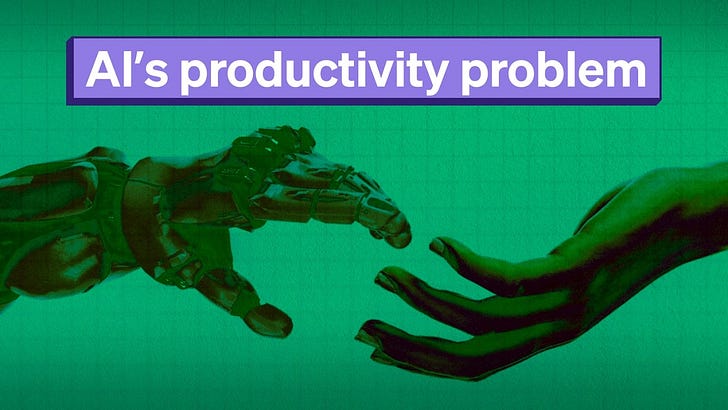Watch on YouTube
Listen on Spotify or Apple Podcasts
I got together with China expert
to understand his view on the new phase of the US-China competition. Both countries are using trade policy, export controls and industrial strategy to shift the balance of global power. Just earlier this month, China rolled out its toughest-ever curbs on rare earths and related tech. Yet, the US and China economies remain tightly bound. Jordan and I sit down to make sense of this.Jump to the best parts
(01:34) The US and China’s decoupling explained
(08:51) Understanding the Oct 9 “rare earth rules”
(14:23) Is decoupling a strategy to avoid weaponisation?
(26:03) AI incumbents aren’t entrenched – yet
(43:14) Imagining an improved US-China relationship
Conversation notes:
To accompany this week’s discussion on the US-China decoupling, we’ve pulled together a short set of research notes. These figures and developments sketch how trade, technology and energy are changing and where to watch next.
Rare earths. China controls about 70% of mining, about 90% of refining and separation, and about 93% of high-strength magnet production; export licences required for products with ≥0.1% rare earth content from 1 December; 12 of 17 metals now restricted; licence decisions can take up to 45 business days; likely adds about $500-1,500 to EV prices in the short run.
Chips. Nvidia moved to a one-year GPU cadence; US rules tightened in 2025 then loosened with revenue sharing on China sales; China responded by steering buyers to domestic silicon; SMIC produced 7 nm via DUV multi-patterning at low tens of thousands of wafers per month; Huawei Ascend adoption is growing.
AI models. Chinese developers lead on open-weight releases; the gap between top closed and top open narrowed to low single digits on key benchmarks in 2025; many of the most used open models now come from China. Anecdotally, it seems that even some of leading US firms choose Chinese open-source models over others. Airbnb’s Brian Chesky just shared that his company ‘relies heavily’ on Alibaba’s Qwen models.
Manufacturing. EV strategy described as scale up, flood in, starve out; China exports about 7 million vehicles a year and reached about 30% of the UK market within two years; robotics deployments reached a majority of global installs, yet many precision components still come from Japan and Europe.
Energy. China maintains large reserve margins and is adding massive solar, storage, and data-centre power; data-centre demand could reach 400 to 600 TWh by 2030.
Controls and workarounds
Export controls and tool restrictions are most effective at the frontier of technology. Coordinated measures across the US, Japan, and the Netherlands have delayed China’s access to the most advanced compute and semiconductor-manufacturing equipment.
Below that frontier, the effects weaken. China has adapted by relying on “good-enough” chips, improving packaging and integration, developing domestic design tools, and re-routing supplies through friendly intermediaries. These measures sustain progress in deployment, even without cutting-edge inputs.
Both systems are now adjusting in parallel. The US and China are investing heavily in local fabrication and packaging capacity, tightening investment and capital rules, and screening outbound flows. The outcome is not isolation but duplication: two partly mirrored ecosystems built for resilience.
Perspectives worth reading
Scott Bessent interview. Allied response to rare earths, targeted reshoring, price floors, and strategic reserves; vigilance with time-bound goals. (Read here)
Kaiser Kuo, The Great Reckoning. Performance legitimacy; China as a principal architect of modernity; the West should measure outcomes and learn without denial. (Read here)
ChinaTalk analysis on synthetic diamonds. Why lab-grown diamond controls matter for wafer slicing, optics, and thermal management; leverage is real but not absolute due to alternative producers. (Read here)
Abundance and China, podcast with
, and Dan Wang. Abundance framing for state capacity, risk pricing for tail scenarios, and learning from Chinese speed without importing ideology. (Read and listen here)
Thanks for reading!











